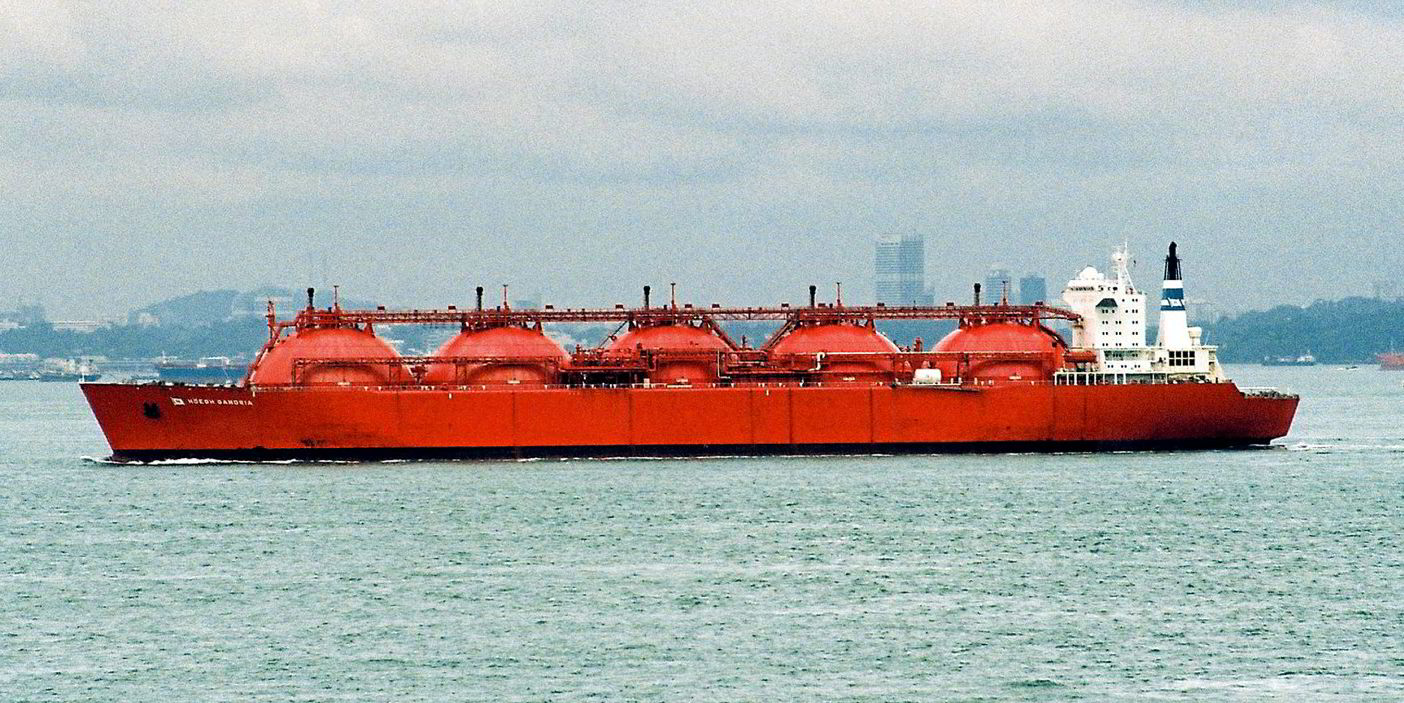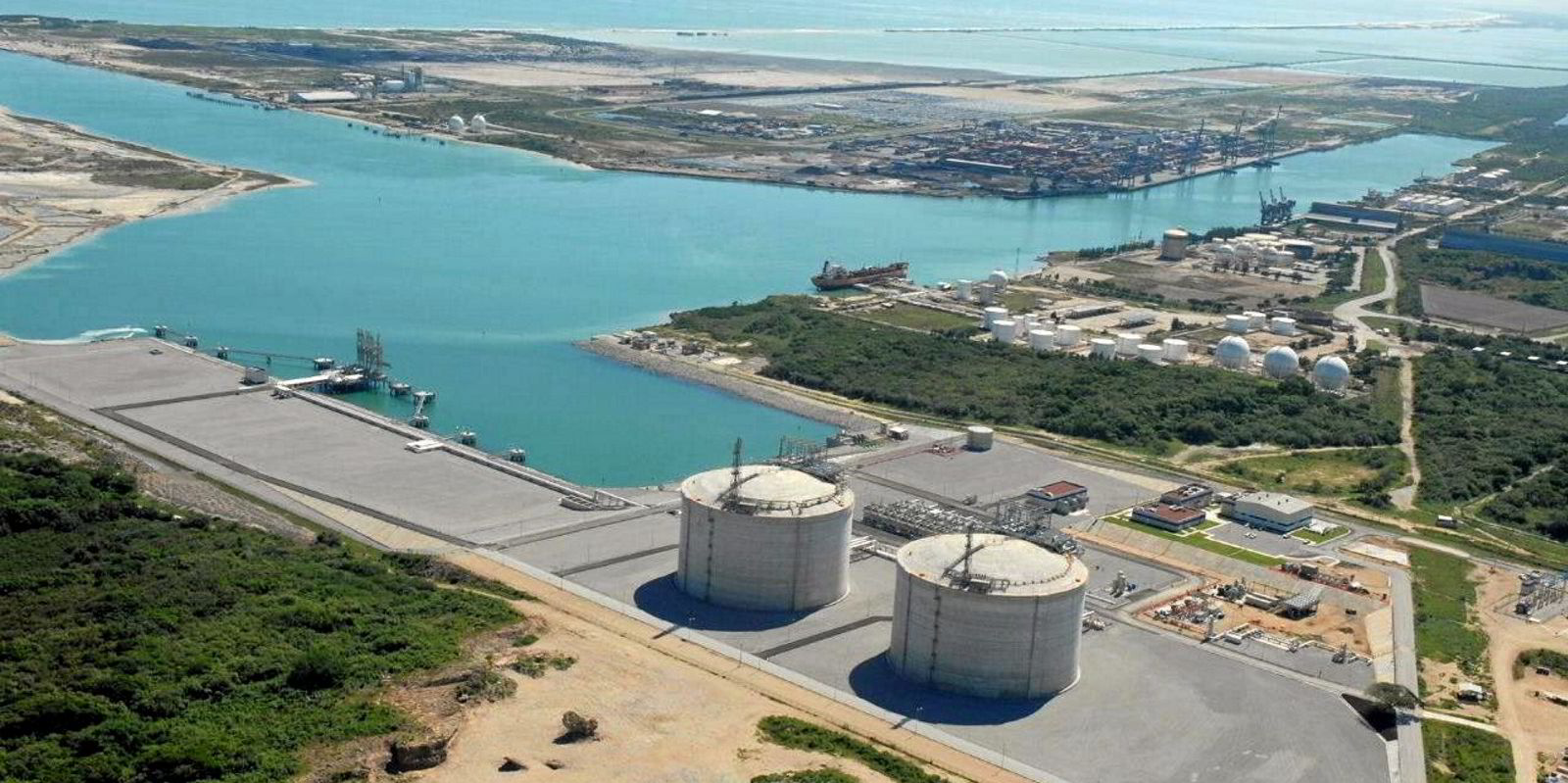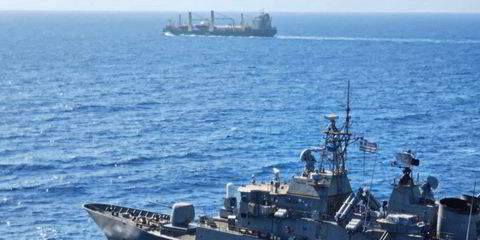Tor Olav Troim’s Golar LNG is in talks with Nigerian National Petroleum Co (NNPC) on developing gas reserves that could require “multiple” floating LNG (FLNG) production units.
Speaking on a first-quarter results call Golar chief executive Karl Fredrik Staubo said Golar is in discussions with five to six gas resource owners.
He said the priority is to deploy the company’s FLNG Hilli and then secure employment for its planned conversion of an LNG carrier into one of its 3.5 million tonnes per annum Mark II floaters.
Staubo said these resource owners include NNPC with whom Golar inked a five-year memorandum of understanding in April to explore FLNG opportunities.
He said that since the signing both parties have allocated “significant resources” to develop a named gasfield — which he did not identify — for a possible FLNG project.
“Both parties have an ambition to explore the potential for multiple FLNG projects to be deployed on proven and stranded gasfields in Nigeria,” he said.
He added that progress has also been made with other gas export opportunities in West Africa and South America.
Answering analysts’ questions, Staubo said FLNG Hilli, which is due to end its charter to Perenco in July 2026, is likely to move from its current location and could go to monetise other fields in Cameroon or elsewhere.
He said the company is keen to see the unit fixed for redeployment by mid-2024 to give the company sufficient time for recontracting and so that it does not fall open at the same time as Golar’s planned Mk II conversion delivers.
Staubo said Golar sees “very healthy margins” for FLNG projects.
He quoted an FLNG-delivered cash breakeven price of $3 to $5 per MMBtu against forward prices of over $10 per MMBtu.
The CEO estimates that the capital expenditure for new US land-based liquefaction projects will be around $1bn per tonne compared with $600m per tonne for Golar’s FLNG production.
Speaking about Golar’s LNG-to-FLNG unit conversion Gimi, which is to be deployed to the Tortue FLNG project in Mauritania and Senegal under a 20-year contract with BP, he said the remaining work to be done on the floater involves piping, system testings and pre-commissioning work.
Staubo said “due to the overall project and FLNG delays” pre-commissioning contractual cash flows have started from the project.
He revealed that part of these current cash flows from BP to Golar “are disputed” and said: “We are now working to resolve the matter.”
But he said this and the later-than-planned third quarter sailaway for the unit, which was announced by Golar today, should have no impact on the wider execution of the project.
In his remarks, Staubo also threw in reference to new subsidiary Macaw Energy, which aims to create solutions that can use flared, stranded and biogas to displace the use of diesel and LPG in a bid to cut emissions.
He said Macaw will replicate onshore what Golar is doing offshore.
Staubo said Golar will explore a spin-off of the venture at a future date.
Golar announced it has restarted its quarterly dividend payments based on what it said is its strong cash flow and visibility from contracted assets and has initiated a $150m share buyback programme.







